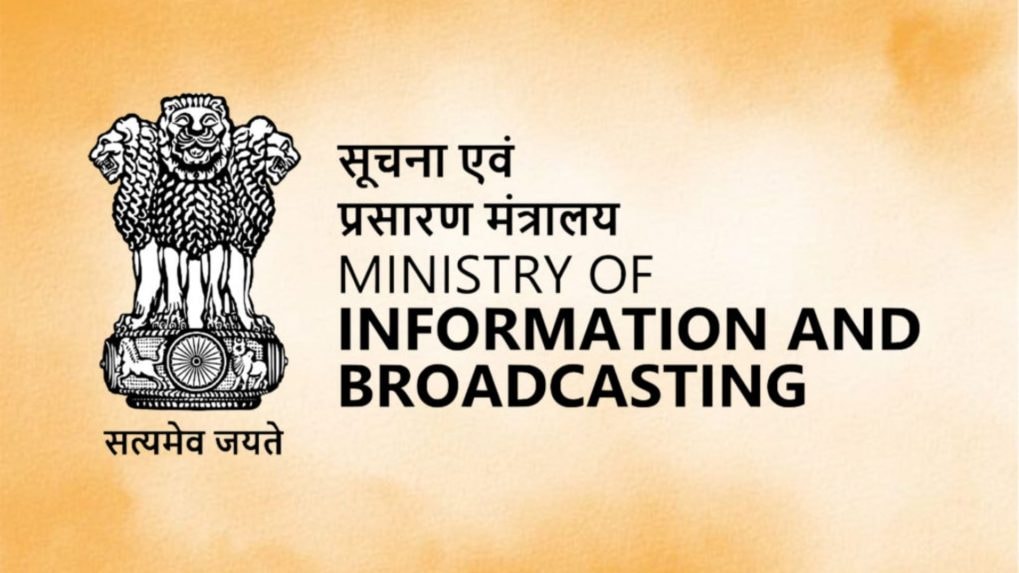MIB flags digital gaps in combating fake news, calls for clearer regulatory framework
MIB credited the rise in fake news “busts” to enhanced monitoring, proactive targeting, and better distinction of actionable cases, noting that the FCU now often takes suo motu action against viral content.
ADVERTISEMENT
The Ministry of Information and Broadcasting (MIB) has acknowledged that while statutory and institutional mechanisms exist to curb fake news across print, electronic, and digital media, regulatory gaps persist—particularly in the digital ecosystem where misinformation proliferates at unprecedented speed.
In Parliamentary Standing Committee on Communications and Information Technology's draft report titled “Review of Mechanism to Curb Fake News,” The ministry informed the Standing Committee on Communications and Information Technology that the term “fake news” is not defined under any statute. It is generally understood as “false or misleading information presented as news.” According to the ministry, existing safeguards rely heavily on journalistic ethics and standards of accuracy, fairness, and impartiality.
The ministry underlined that the government had set up a Fact Check Unit (FCU) in November 2019 under the Press Information Bureau (PIB) to counter misinformation relating to the Government of India. The FCU receives complaints via its website and WhatsApp hotline and also takes suo motu cognizance of viral content. It follows a FACT model—Find, Assess, Create, Target—to identify and debunk misleading claims. Verified information is disseminated through official PIB handles.
Between 2019 and March 2025, the FCU handled 52,453 actionable queries and busted 2,279 instances of fake news on its social media channels. The number of actionable queries peaked during the COVID-19 pandemic in 2020–21, when citizens relied heavily on official information. Since then, overall query volumes have declined but the proportion of actionable cases has risen, which the ministry said reflects greater public digital literacy and improved detection mechanisms within the FCU.
MIB credited the rise in fake news “busts” to enhanced monitoring, proactive targeting, and better distinction of actionable cases, noting that the FCU now often takes suo motu action against viral content, including entire YouTube channels, without waiting for public complaints.
Despite these advances, the ministry admitted that the FCU has no enforcement powers. Its role is limited to public awareness by flagging misinformation. After verifying information from authorised sources, the FCU posts clarifications but cannot penalise violators.
Regulatory Frameworks for Print, TV, and Digital Media
The ministry detailed the existing regulatory architecture:
Print Media: Governed by the Press Council of India (PCI) under the Press Council Act, 1978. PCI enforces “Norms of Journalistic Conduct” and may warn, admonish, or censure newspapers, editors, or journalists for ethical violations, including dissemination of fake news.
Electronic Media: TV broadcasters must adhere to the Programme Code under the Cable Television Networks (Regulation) Act, 1995. The Cable Television Network (Amendment) Rules, 2021 introduced a three-tier grievance redressal mechanism. Between 2019 and April 2025, MIB took 245 actions against private satellite TV channels, including advisories, warnings, apology scrolls, off-air orders, and one cancellation of permission.
Digital Media: Governed by the Information Technology (Intermediary Guidelines and Digital Media Ethics Code) Rules, 2021, which require adherence to PCI’s Norms of Journalistic Conduct and the Programme Code. The rules establish a three-tier grievance redressal mechanism. However, their Code of Ethics provisions remain stayed by the Bombay High Court following legal challenges.
The ministry defended its position that PIB’s FCU is the “most appropriate agency” for fact-checking false information on government matters and argued that giving it statutory backing under the IT Rules is necessary. After the Bombay High Court struck down amendments granting the government power to determine fake or misleading information, the government, through MeitY, is preparing to file a Special Leave Petition (SLP) before the Supreme Court.
MIB emphasized the need for coordination with other agencies, including the Ministry of Electronics and Information Technology (MeitY) and the Department of Telecommunications (DoT). While DoT blocks websites upon directions from MeitY and MIB under Section 69A of the IT Act, 2000, the ministry has called for a broader roadmap involving all stakeholders, including industry and civil society.
The ministry also proposed the use of artificial intelligence tools for news verification and suggested that media literacy be included in school curricula in consultation with the Ministry of Education.
MIB admitted to regulatory gaps, especially on digital platforms, where misinformation spreads beyond the jurisdiction of current laws. It also acknowledged delays in adjudication of complaints within the Press Council of India due to procedural requirements, case backlogs, and COVID-related disruptions. The ministry has recommended measures such as prioritising important cases, more frequent Inquiry Committee meetings, reduced adjournments, and online complaint tracking to improve efficiency and transparency.
Summarising its position, the ministry told the committee: “The Ministry takes appropriate action against circulation of fake news as per the provisions of the institutional mechanism available for various media platforms. However, to augment the effectiveness of efforts to check the spread of fake news, there is a need for defining fake news and incorporating it into existing regulatory mechanisms for print, electronic, and digital media along with appropriate deterrent measures.”
Read More: France lawmakers push for social media ban on children, digital curfew for teens


